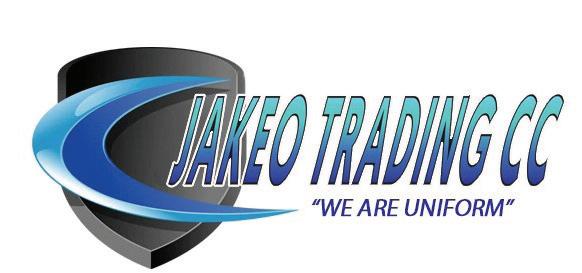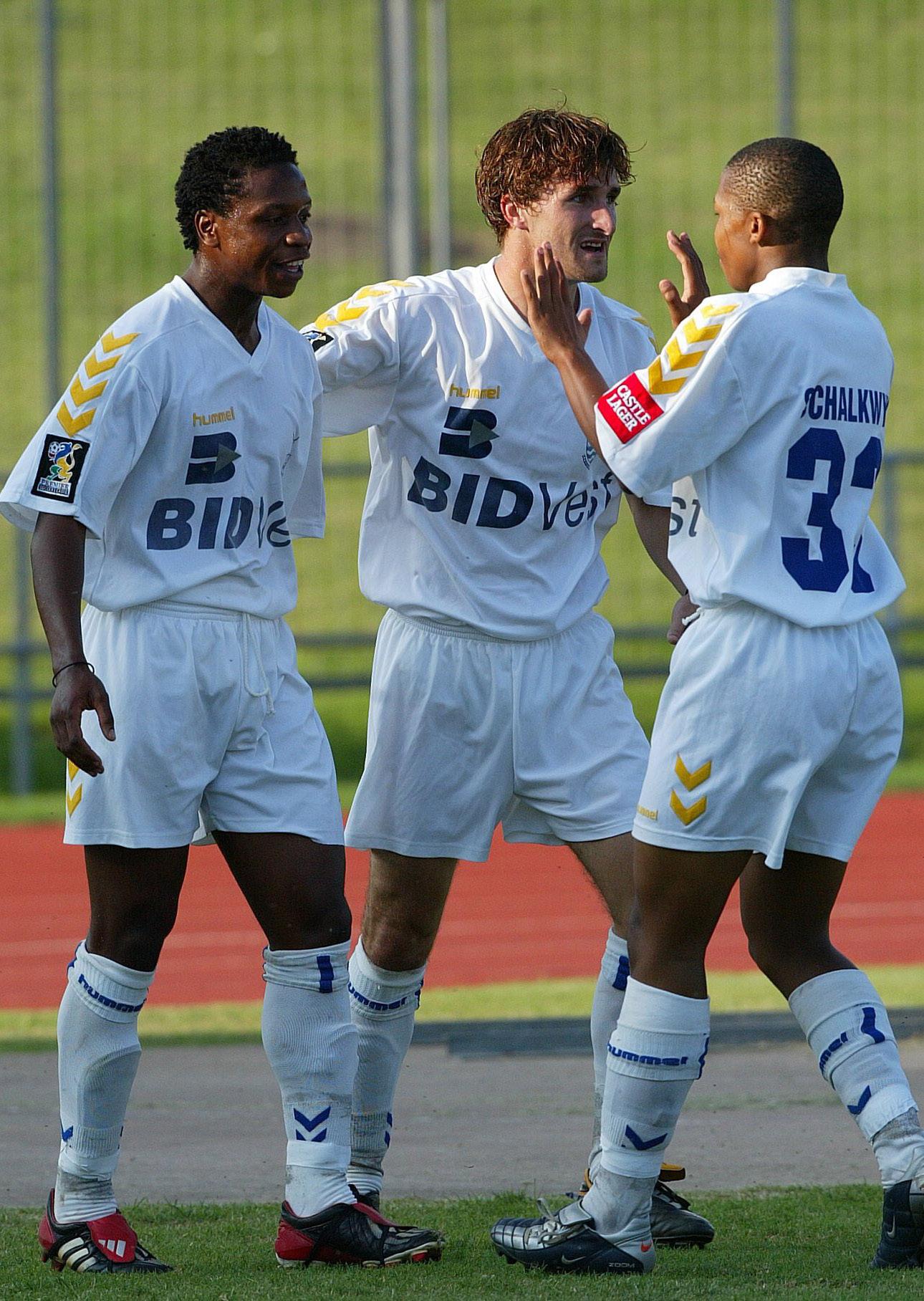
5 minute read
THE BUSINESS OF BUSINESS THE ‘BLACK PRINCE’S’ WINNING FORMULA
JOMO COSMOS’ BUSINESS MODEL
BY PRO PHILANI
An unprecedented local footballing legacy began in 1983 after ‘the Black Prince’ of football bought Highlands Park from its owners who were seeking a way out of the sport.
Born Madoda Walletjies Mkhulwa, known as Ephraim Matsilele Sono, the son of the former Pirates legend who died in a car accident, Jomo grew up selling apples at train stations and at the Orlando Stadium.
Sono, a man with visible business acumen, understood the concept of buying and selling, demand and supply, and profit maximisation without a formal education of any kind. Raised by a blind grandfather, he helped his grandparents run a tuckshop from an early age. At 14, Sono probably didn’t know he’d need to practice these economic principles for an incredibly large portion of his latter life as a football boss.
Grooming and selling: the business model of Jomo Cosmos
From the beginning, Cosmos struggled to find sponsors like big guns Kaizer Chiefs and Orlando Pirates had. Cosmos’ business model was to find a talented kid and groom him, sell one or two to the bigger clubs and invest money back to the club.
Cosmos invested itself in finding rough diamonds, training and developing them and giving the prospective footballer as much exposure as possible before selling him to the highest bidder. This concept worked well for Cosmos on the business side.
Mamelodi Sundowns in the 1980s were Cosmos’ top customers. Sundowns’ new owner in 1986, the late Zola Mahobe was unafraid to splash cash and Sono was unafraid to make a profit. It made sense to him to sell to Sundowns at the time as they were willing to keep the model working and Cosmos running. The league title in 1987 proved Cosmos had the perfect balance on and off the field. They had a coach in Joe Frickleton, and Jomo focused on playing. They were equally competitive and featured in many finals.
In the 1990s, Cosmos’ model began to be affected on the playing field. Jomo was no longer finding the perfect balance on and off the field. Yes, the scouting continued to be consistent, but the results were a whole other story. Jomo would sell his best players resulting in the on-field combination having to suffer. He’d travel across the country to find talent for which his eye saw and knew no limit. He found the late Sizwe Motaung playing right wing for Durban Leeds United, Mark Fish played as a striker for Arcadia Sheppards, Philemon Masinga in the mines and Thomas Madigage in schools’ football.
The new decade began in 1990 when Cosmos defeated AmaZulu 1-0 to clinch the Bob Save trophy. The competitiveness of Cosmos could not be questioned by anyone as they completed their wonderful season 5th on the log. In 1991, Cosmos finished 7th with Philemon ‘Chippa’ Masinga the top goal scorer of the season with 27 goals. Their highest victory in the league came in 1992 when they beat Umtata Bush Bucks 6-0, and finished 5th on the log again. The entire country saw Cosmos campaigning in what we know today as CAF Champions League in 1993. Again, Jomo couldn’t find the balance and at the end of 1993 season,

Your Sports & Promotional Apparel Supplier
Contact Shayne Barker for more information Cell No: 084 517 6334 Email: info@jakeotrading.co.za
Helman Mkhalele was Cosmos’ most capped player with 46 matches; but that didn’t stop Cosmos from getting relegated -for the first time in 10 years since its formation. A jumbo sale began. Pirates came first to take Mkhalele, Fish and Mncwango from Cosmos and paid no transfer fee. Cosmos had not seen darker days prior to these.
The following season, in 1994, Pirates won the league in controversial circumstances whilst Cosmos were battling for promotion back to the top flight. In the following season, the CAF Champions league saw former Cosmos players coming to the fore for Orlando Pirates. However, Cosmos were still not paid their dues. This deal in particular affected Cosmos business model negatively. It meant Jomo had to dig deeper to find more players. Off the field, the man was being threatened in the football administration side. Focus was lost and his vision to make Cosmos great again was faced by expulsion threats, corruption and other unwanted South African administration issues.
Midas and Sansui showed faith in Jomo as sponsors. Puma kept the faith in the ‘Black Prince’ as well. Sono continued to produce stars. In 1998, Cosmos found another gem in 17-year-old Aaron Mokoena. ‘Mbazo’ would go on to become the most capped Bafana Bafana player ever with over 100 caps. He (Mokoena) captained South Africa at

the 2010 World Cup. “Age is just a number. If the kid is good enough, whether 14 or 15, let him play,” says Jomo.
Jomo is a fighter by nature. A man who hates losing. This is the same man who left his own wedding to go play for Pirates when he heard they were trailing Highlands Park 2-0. Even Archbishop Desmond Tutu was sent to convince him to play that day. The 1993 African Champions League was attributed as the major contributor to Cosmos relegation.
In 1994, Cosmos bounced back. 1995 they finished 10th. The PSL Era began in 1996/7 season and Cosmos returned to it usual Top 8 spot, by finishing 7th. In 1997/8 they repeated the same. 1998/9 Cosmos fell two spots down, and finished 10th. They ended a decade 99/00 season 7th again. Cosmos proved to be South Africa’s school of football, with its headmaster Jomo himself, having 7 players of the AFCON winning squad who went through at one stage of their careers. Cosmos. Sizwe Motaung, Mark Williams, Linda Buthelezi, Helman Mkhalele, Mark Fish, Augustine Makalakalane and Philemon Masinga all proved to be key members of the squad except for Makalakalane who didn’t feature in the tournament. Jomo himself was there as the technical director and coach throughout the journey which included the World Cup qualifiers, CONFED Cup and AFCON 1998.
As the country was going through transformation on the political and football fronts during the 1990’s, Cosmos remained true to its business model. Some players went overseas while Pirates continued to benefit from Sono’s eye.
Ultimately Jomo’s contribution towards unearthing the diamonds of South African football proved to be immense. Though his team have fizzled out of conversations of South African football due to their most recent slump, his contribution towards the benefit of football in the country speaks for itself. Ù








